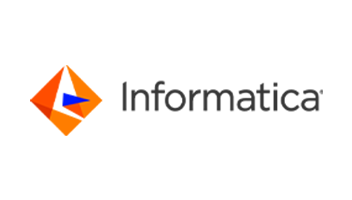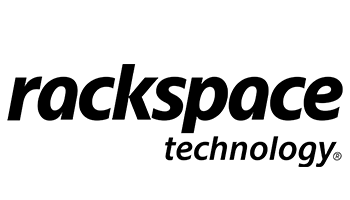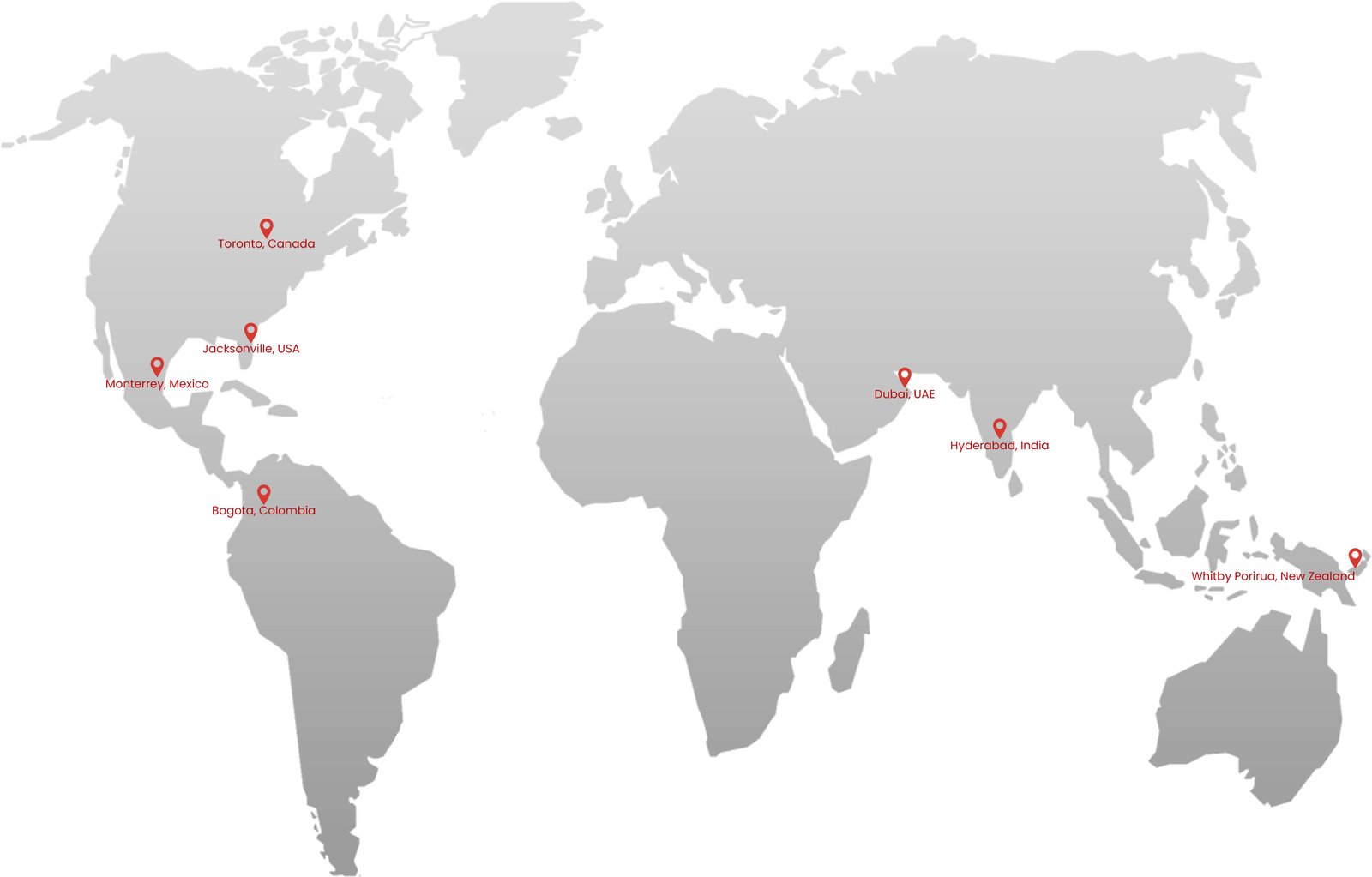
Data Migration
Our clients reach us for: Application migration, Maintenance or upgrade activities, Storage/Server equipment replacements, Data center migration or relocation, Website consolidation, and more.
The data migration process Data migration involves 3 basic steps:
- Extraction of Data
- Transformation of Data
- Loading Data
Data Migration Tools
Data migration is done programmatically with the help of the tools that are designed to serve the purpose.
Data Extraction
Sometimes referred to as data collection, this first step involves collecting data from its source systems like Relational Database Management Systems (RDBMS), file systems, Customer Relationship Management(CRM) systems, legacy applications, and marketing systems. Data extraction collates various forms of data, from structured data in rows and columns to unstructured data formats. Data extraction can be a time-consuming process, hence the need for a data extraction tool which helps automate the process, improve agility and reduces the risk of errors.
Data Transformation
Data transformation may be:
• Destructive, which may involve deleting fields and records
• Constructive, like adding new fields or replicating data
• Aesthetic, which may entail changing and standardizing field names to improve readability.
• Joining and linking data from various sources
• Validating data: Data undergoes testing against standardized guidelines, and data gets rejected if it doesn’t fulfill such requirements.
Data Loading
This last step entails transferring data to its final destination systems. Data loading may occur at once or incrementally in batches. Batch loading helps check and validate data for inconsistencies.





















